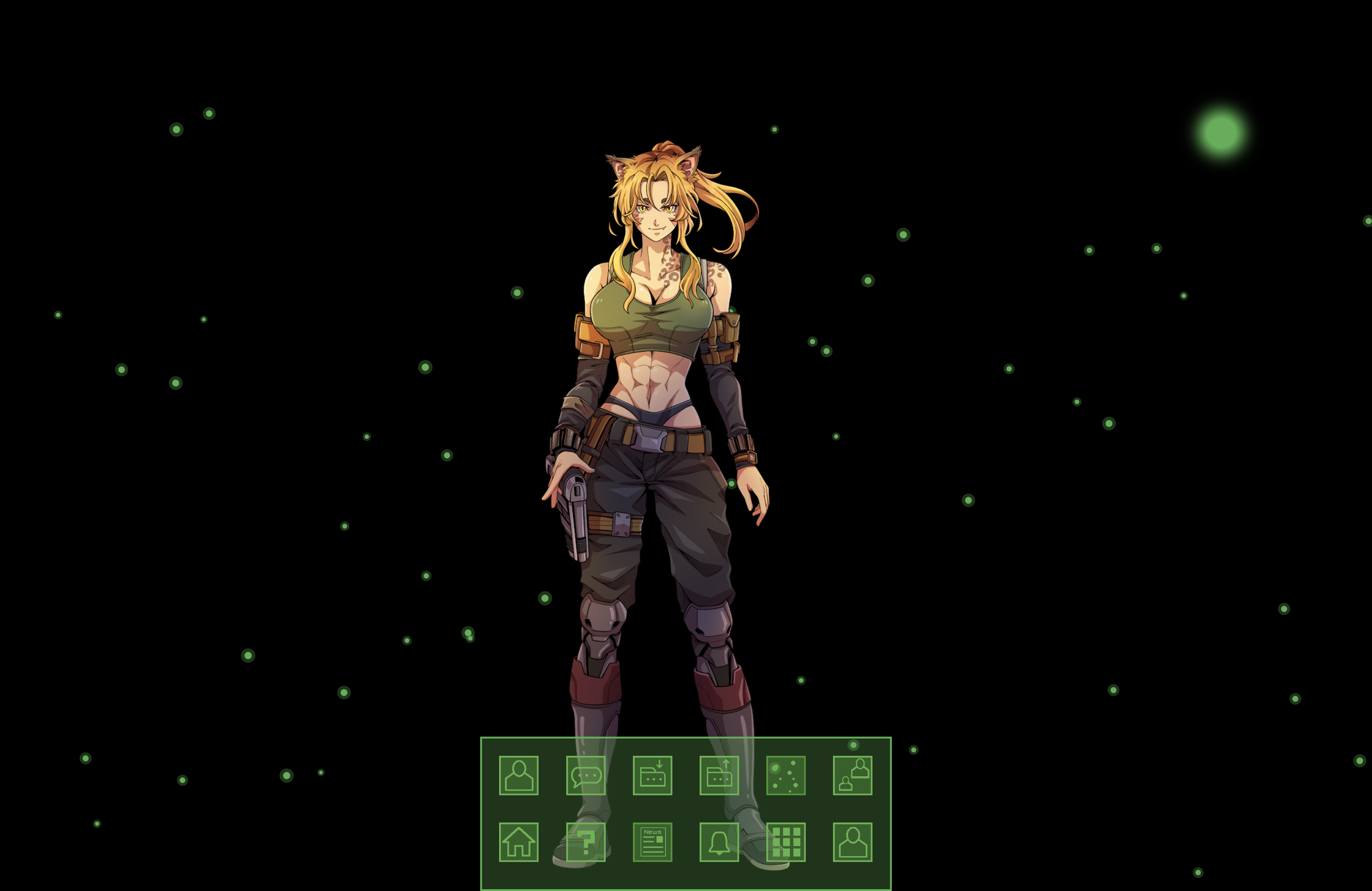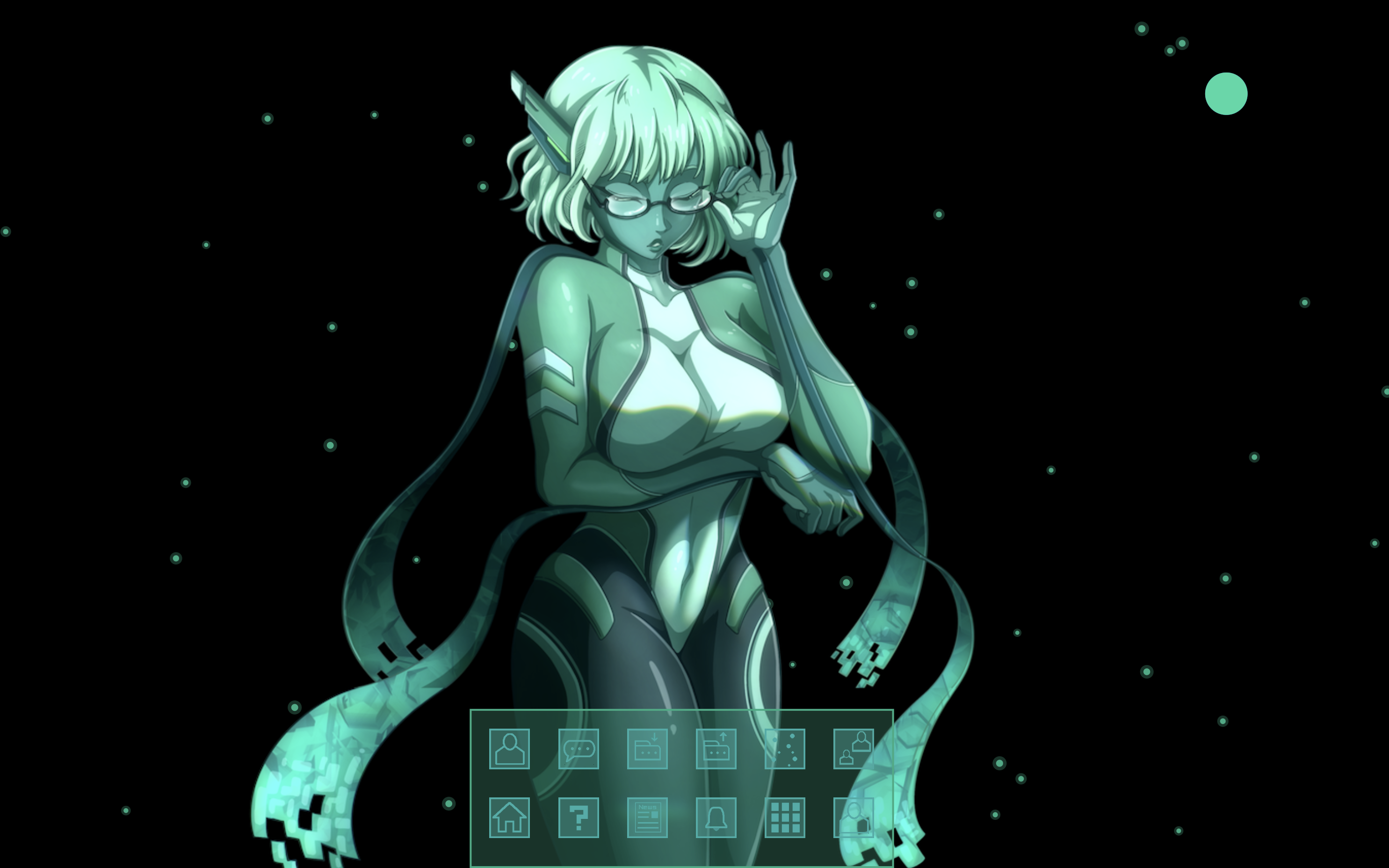The Journey: From Idea to App
Developing an AI-driven application represents a challenging odyssey rather than a mere sprint, and my experience creating a multi-avatar AI assistant app stands testament to this. Guided by the vision of merging the thrill of gaming with the practical utility of AI assistance, I encountered a range of hurdles and breakthroughs. However, the satisfaction that the final product brings makes the journey worthwhile.
Steering clear from the traditional single-assistant model, the core concept behind my venture was to transform how we perceive and utilize digital assistants. Embracing a multi-agent framework, I created an AI 'buddy' network, each with unique capabilities and strengths, reflecting the diversity of human abilities within a team. The multi-agent model's adoption lends itself to specialization, where each AI agent, fine-tuned for specific tasks, becomes a master in its field, enhancing their performance. It's as if you are building an AI team, mirroring the dynamics of human teamwork, where each member contributes uniquely towards a common goal.
The beauty of multiple AI buddies is in cultivating a network of capable friends, thus fostering a more dynamic, enriching, and interactive user experience. Imagine having a set of friends, each with their unique expertise, ready at the tap of a screen – this is the experience I aimed to create. The multi-agent AI assistant app I developed doesn't just perform tasks; it offers a unique, immersive, and human-like interaction, enhancing the overall AI experience. As I look towards the future, I'm excited to see how this approach reshapes our understanding of AI companions, and I eagerly anticipate enhancing my AI buddies further, bridging the gap between the digital and gaming worlds.

Building with Flutter
I chose Flutter as the main technology to build the app. The goal was to achieve efficient cross-platform functionality, something that was lacking with Python and Kivy. The transition was a learning curve but it opened up new possibilities, making the app more robust and adaptable.
Designing the AI Avatars

One of the key design goals was to create appealing AI avatars, ranging from trendy hipsters to fierce fox/cat girls. Each avatar boasts a unique personality and slick animations, making the interaction lively and fun. They not only act as your AI assistants, but also evolve as part of a game, with upgrades, level-ups, and much more.
Developing the NO-GPT Framework
Over the past 15 years, we've witnessed an impressive evolution in the field of neural networks, from basic Perceptron models to groundbreaking Transformer models like GPT variants. While these advancements have revolutionized areas like natural language processing and image recognition, we also face substantial challenges. These models' "black-box" nature, coupled with their generalist approach, often lacks depth in specific domains and personalization in their interactions. Acknowledging these limitations, I steered towards a unique NO-GPT framework for my app. Unlike traditional large language models, this framework encourages AI avatars to specialize, enhancing their performance in particular contexts. This step away from a 'one-size-fits-all' AI approach towards specialized AI 'buddies' mitigates some of the shortcomings of the current models. Moreover, the NO-GPT framework fosters a more human-like user experience. By giving each AI avatar a unique personality, it transforms the AI from a mere tool to a companion, enhancing user engagement. It's clear that while we've made great strides in AI, the journey towards AGI continues, and I'm confident that acknowledging and addressing our limitations will only push us forward.
Emphasizing Aesthetics
The app features a minimalist GUI interface that emphasizes the aesthetics of the AI avatars. Be it a buff fox/cat girl in a green tank top or a cool trendy monochromatic hipster dude, each avatar stands out, enhancing the visual appeal of the app.
